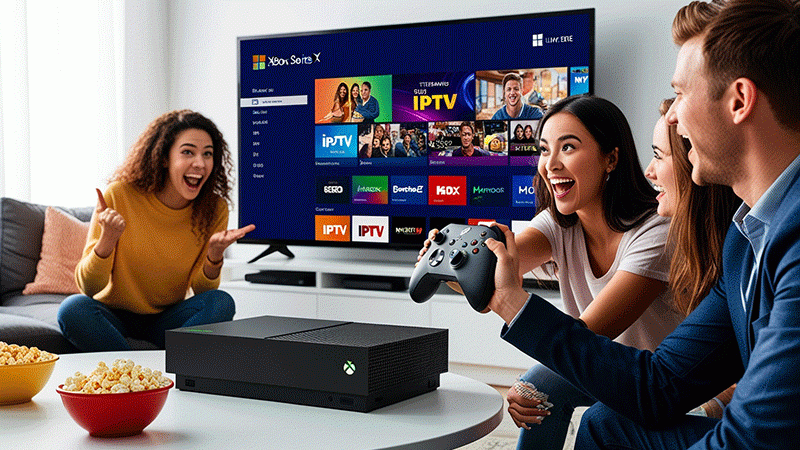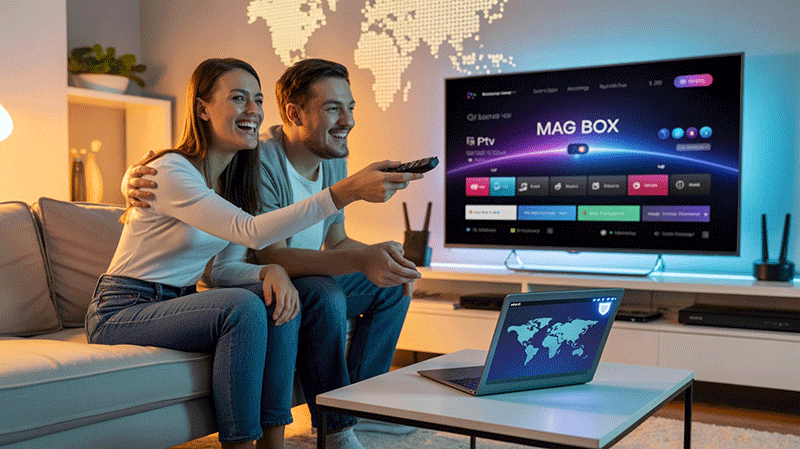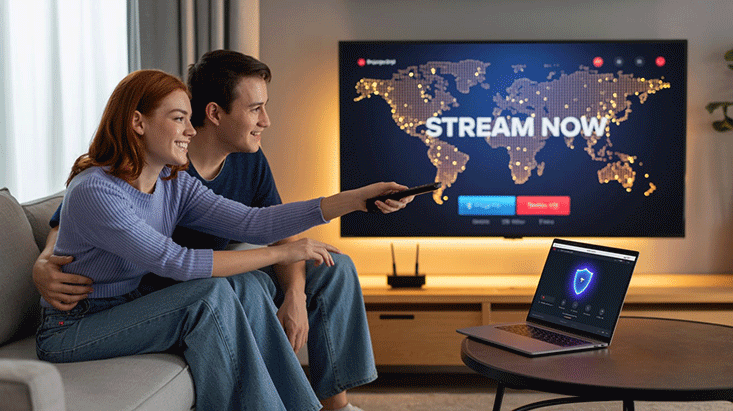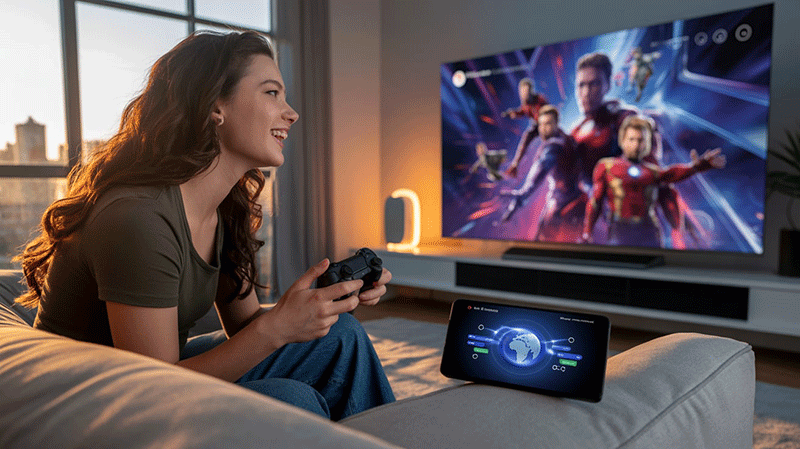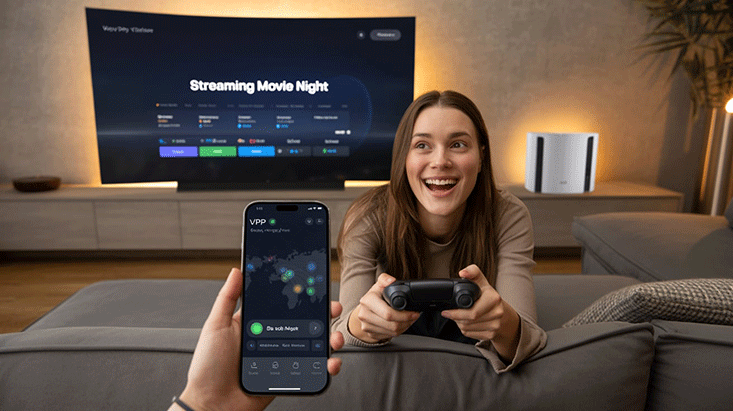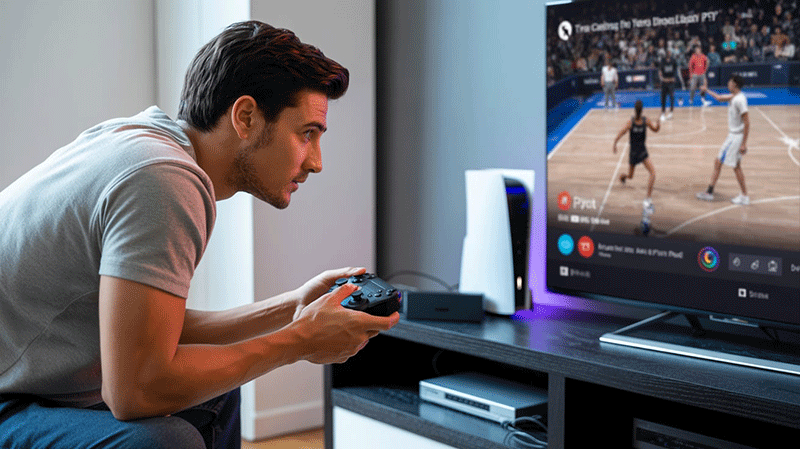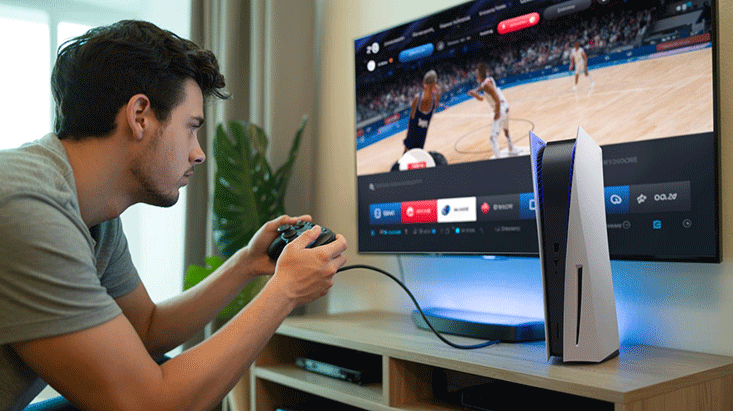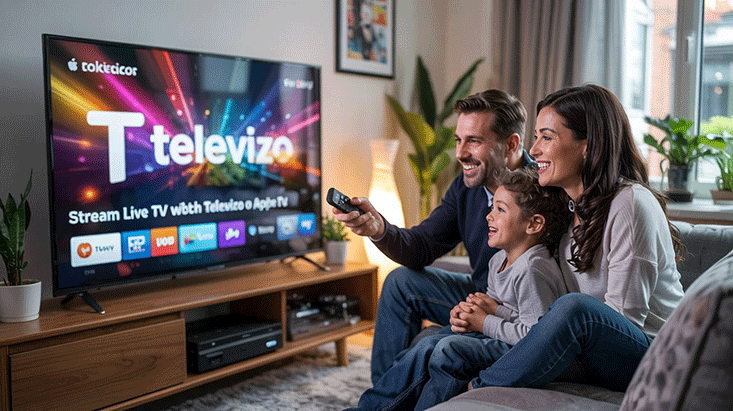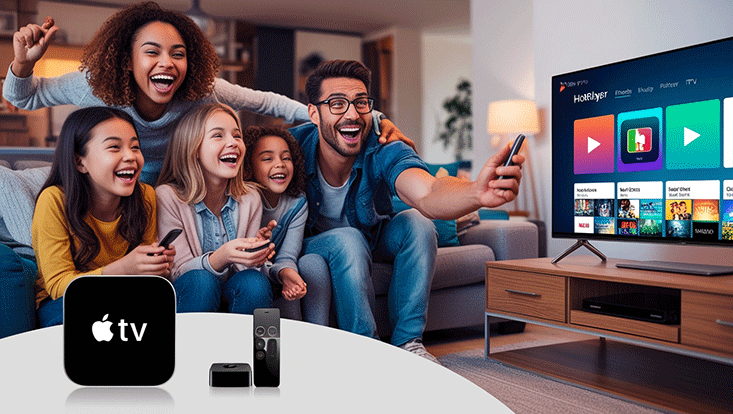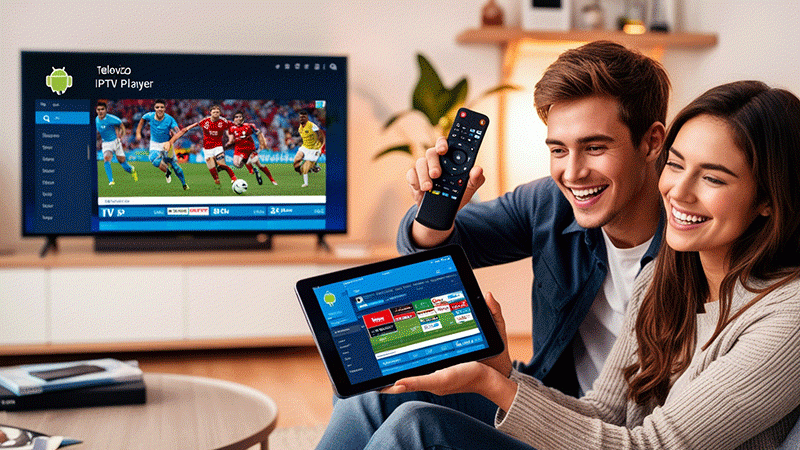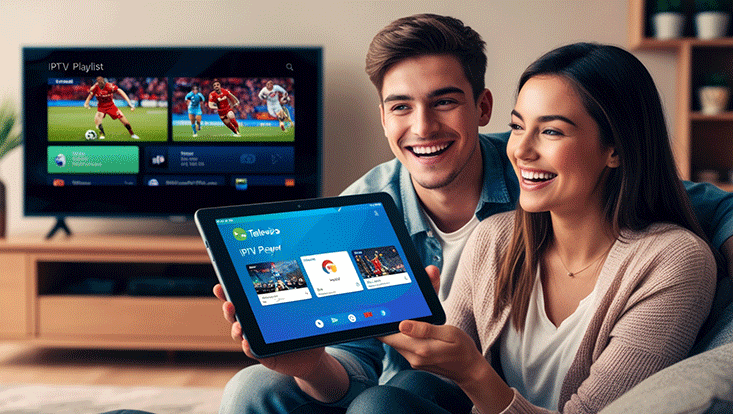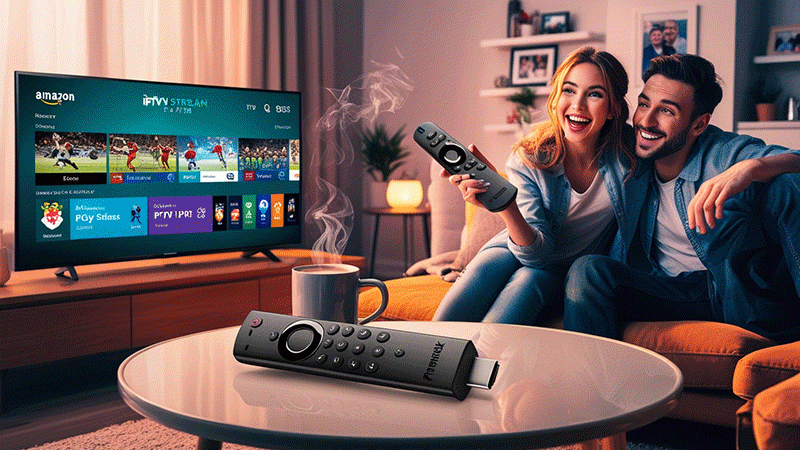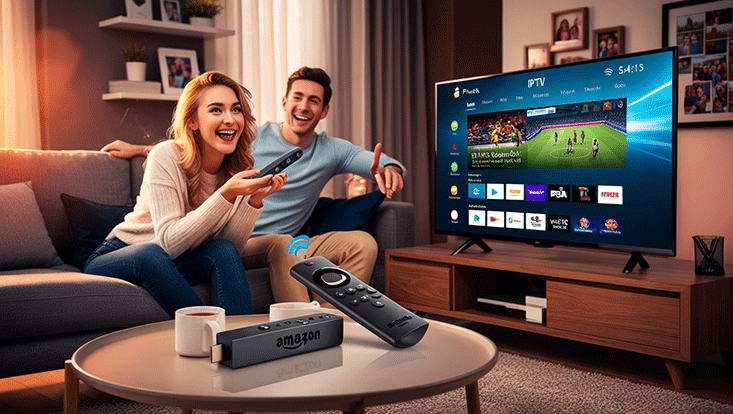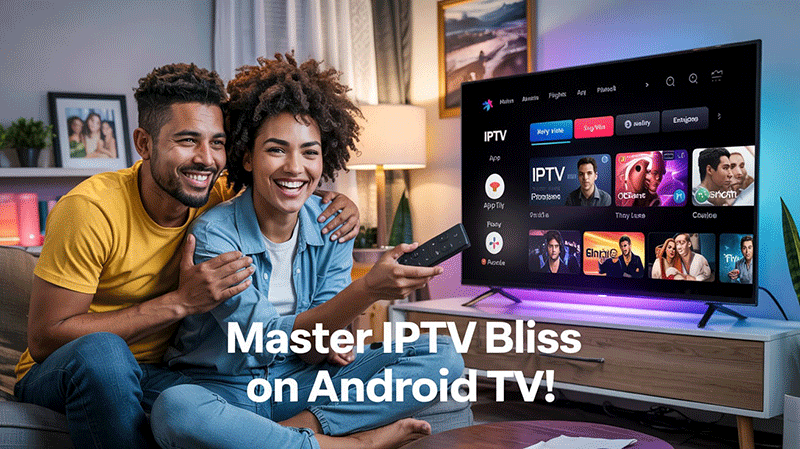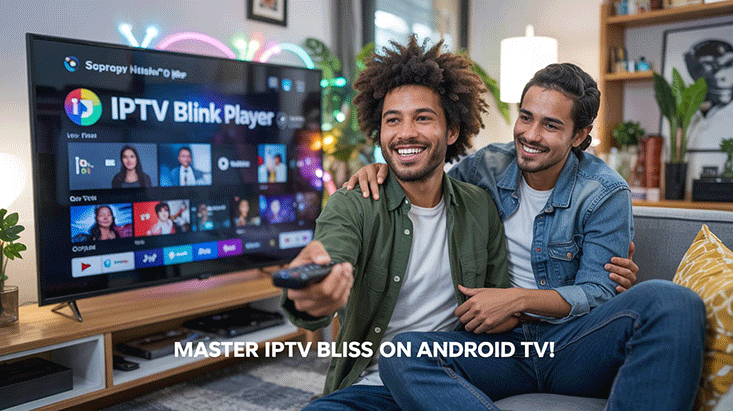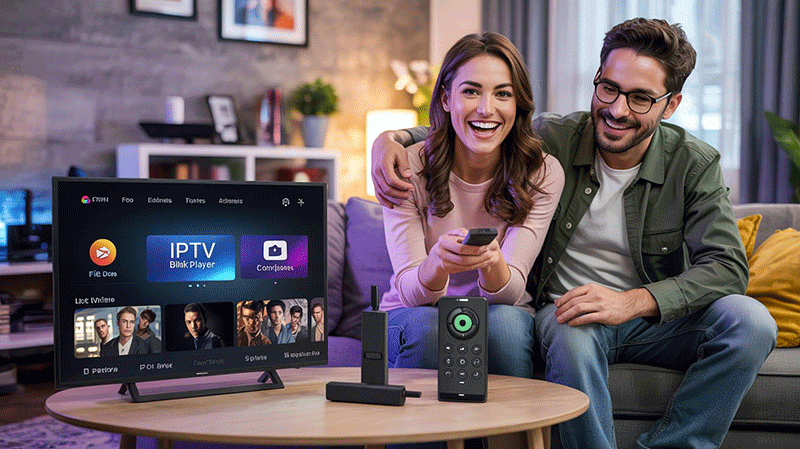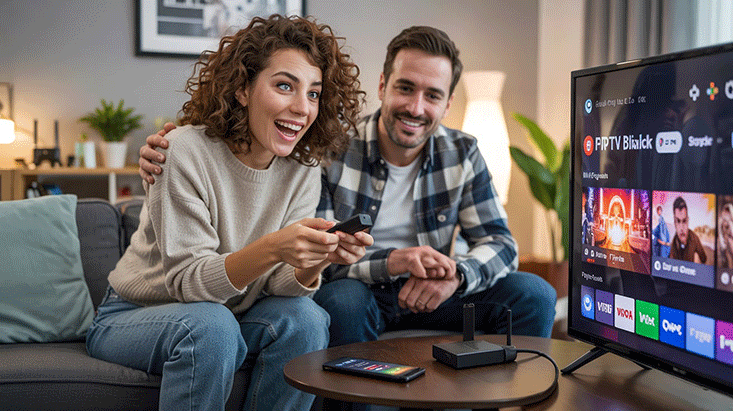How to Watch IPTV on Xbox in 2025
IPTV (Internet Protocol Television) is revolutionizing how we consume media, offering a flexible and cost-effective alternative to traditional cable TV. If you’re an Xbox user looking to stream IPTV content in 2025, you’re in luck! With the right setup, you can turn your Xbox into a powerful IPTV streaming hub. This SEO-optimized guide will walk you through the process of watching IPTV on Xbox, including setup tips, recommended apps, and troubleshooting advice to ensure a seamless experience.
Why Watch IPTV on Xbox?
The Xbox console, whether it’s the Xbox Series X, Series S, or Xbox One, is more than just a gaming device. Its robust hardware and access to a variety of streaming apps make it an ideal platform for IPTV. Here’s why you should consider using your Xbox for IPTV in 2025:
- Large Screen Experience: Enjoy IPTV content on your big-screen TV with high-quality resolution.
- Ease of Use: Navigate apps with your Xbox controller or voice commands.
- Versatility: Access both live TV and on-demand content through a single device.
- Cost-Effective: Eliminate the need for additional streaming devices.
Prerequisites for Watching IPTV on Xbox
Before diving into the setup process, ensure you have the following:
- A Compatible Xbox Console: Xbox One, Xbox Series X, or Series S.
- Stable Internet Connection: A minimum speed of 10 Mbps for HD streaming, or 25 Mbps for 4K.
- IPTV Subscription: A reliable IPTV service provider with an M3U playlist or URL.
- Microsoft Store Access: To download IPTV apps.
- Optional: An Xbox Game Pass or Xbox Live account for additional app compatibility.
Top Recommendation:
Discover the ultimate entertainment solution with 7 Days Great IPTV Subscription, designed just for you.
Step-by-Step Guide to Watch IPTV on Xbox in 2025

Follow these steps to set up and watch IPTV on your Xbox console:
Step 1: Choose a Reliable IPTV Provider
Selecting a reputable IPTV provider is crucial for a smooth streaming experience. Look for providers that offer:
- A stable M3U playlist or Xtream Codes API.
- High-quality streams (HD or 4K).
- A wide range of channels, including sports, movies, and international content.
- Responsive customer support.
Tip: Research user reviews and test the service with a trial period before committing.
Step 2: Download an IPTV App from the Microsoft Store
Xbox supports several IPTV apps available through the Microsoft Store. Popular options in 2025 include:
- MyIPTV Player: A user-friendly app that supports M3U playlists and EPG (Electronic Program Guide).
- IPTV Smarters: A feature-rich app with support for Xtream Codes and multi-device compatibility.
- Kodi: A versatile media player that supports IPTV add-ons for advanced users.
- TiviMate: Known for its sleek interface and robust playlist management (requires sideloading).
To download an app:
- Turn on your Xbox and sign in to your Microsoft account.
- Navigate to the Microsoft Store from the Xbox dashboard.
- Search for your preferred IPTV app (e.g., “MyIPTV Player”).
- Select Install and wait for the download to complete.
Step 3: Configure the IPTV App
Once the app is installed, configure it with your IPTV provider’s details:
- Open the IPTV app from your Xbox dashboard.
- Enter the M3U playlist URL or Xtream Codes provided by your IPTV service.
- If prompted, input your username, password, and server URL.
- Save the settings and wait for the app to load your channel list.
Note: Some apps, like Kodi, may require additional setup, such as installing IPTV add-ons (e.g., PVR IPTV Simple Client).
Step 4: Start Streaming IPTV
With the app configured, you’re ready to stream:
- Browse the channel list or EPG within the app.
- Select a channel or on-demand content to start watching.
- Use your Xbox controller to navigate, pause, or switch channels.
Recommended IPTV Apps for Xbox in 2025
Here’s a quick comparison of the top IPTV apps for Xbox:
| App | Key Features | Best For |
|---|---|---|
| MyIPTV Player | Simple interface, EPG support | Beginners |
| IPTV Smarters | Multi-playlist support, Xtream Codes | Intermediate users |
| Kodi | Customizable with add-ons | Advanced users |
| TiviMate | Modern UI, advanced playlist management | Premium users (requires setup) |
Tips for Optimizing Your IPTV Experience on Xbox
To ensure smooth streaming and avoid common issues, follow these tips:
- Use a Wired Connection: Connect your Xbox to your router via Ethernet for a more stable internet connection.
- Update Your Apps: Regularly check for app updates in the Microsoft Store to access the latest features and bug fixes.
- Check Your IPTV Provider’s Status: Server downtime or maintenance can cause buffering or channel issues.
- Adjust Video Settings: Set your Xbox display settings to match your TV’s resolution (e.g., 1080p or 4K) for optimal quality.
- Use a VPN (Optional): A VPN can help bypass geo-restrictions or protect your privacy, but ensure it’s compatible with Xbox.
Troubleshooting Common IPTV Issues on Xbox
Encountering issues? Here are solutions to common problems:
- Buffering or Lag:
- Check your internet speed using Xbox’s network settings.
- Lower the stream quality in the IPTV app settings.
- Restart your router and Xbox.
- App Crashes:
- Clear the app’s cache or reinstall it from the Microsoft Store.
- Ensure your Xbox firmware is up to date.
- Channels Not Loading:
- Verify your M3U playlist or Xtream Codes with your provider.
- Test the playlist on another device to isolate the issue.
- Geo-Restrictions:
- Contact your IPTV provider for alternative server URLs.
- Consider setting up a VPN on your router (Xbox doesn’t natively support VPN apps).
Is Watching IPTV on Xbox Legal?
Watching IPTV on Xbox is legal as long as you use a legitimate IPTV provider that holds proper licensing for the content they distribute. Avoid unverified IPTV services, as they may offer pirated content, which could lead to legal issues or security risks. Always research your provider and ensure they comply with copyright laws.
FAQs

- Can I watch IPTV on Xbox Series X or S?
Yes, both support IPTV apps like MyIPTV Player and IPTV Smarters. - Do I need an IPTV subscription for Xbox?
Yes, a valid IPTV subscription with an M3U playlist or Xtream Codes is required. - Which is the best IPTV app for Xbox?
MyIPTV Player is great for beginners; IPTV Smarters offers more features. - Why is my IPTV buffering on Xbox?
Check your internet speed (10 Mbps minimum) or try a wired connection. - Is using IPTV on Xbox legal?
Yes, if you use a licensed IPTV provider; avoid unverified services.
Conclusion
Watching IPTV on Xbox in 2025 is a fantastic way to enjoy live TV, movies, and sports on a single, powerful device. By choosing a reliable IPTV provider, downloading a compatible app, and following our step-by-step guide, you can transform your Xbox into an entertainment powerhouse. Optimize your setup with our tips and troubleshoot any issues to enjoy a seamless streaming experience.
Ready to get started? Power up your Xbox, download an IPTV app, and dive into a world of endless entertainment!
